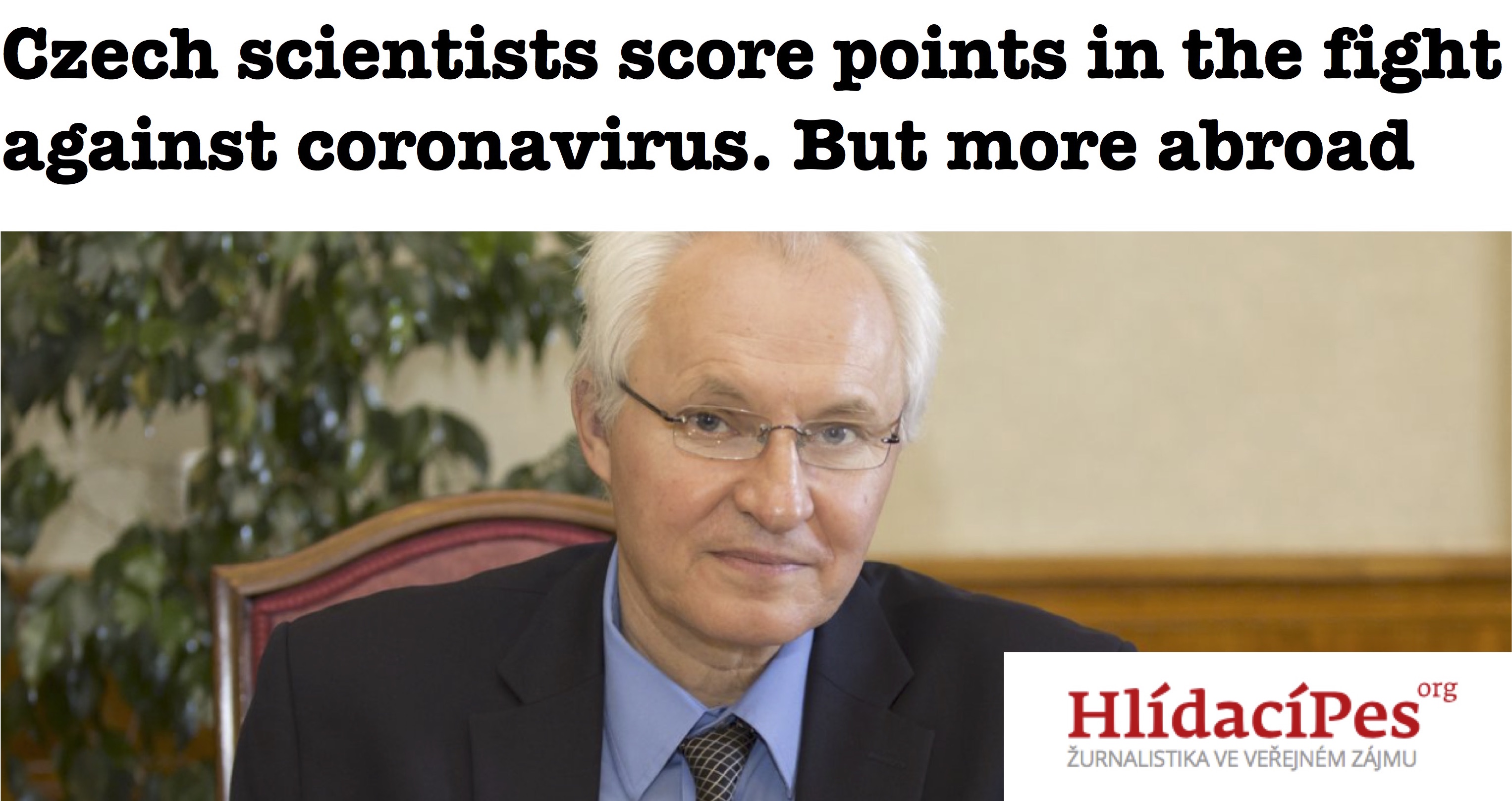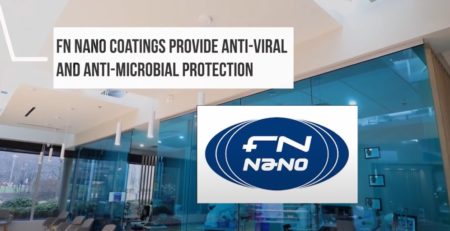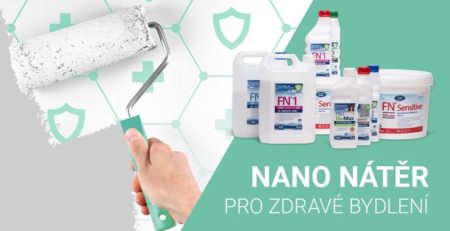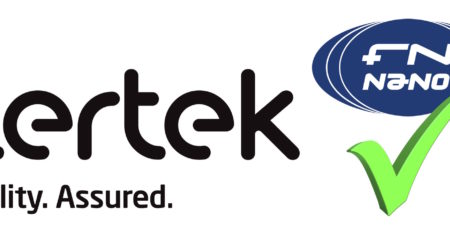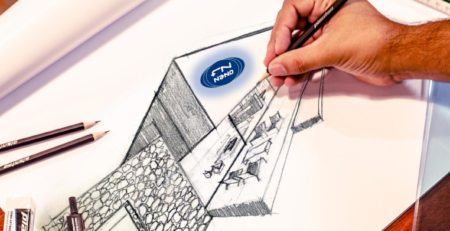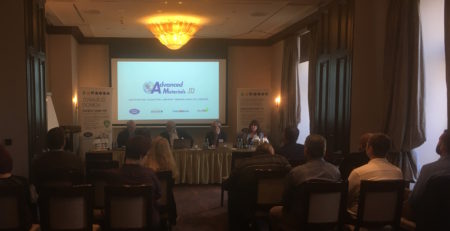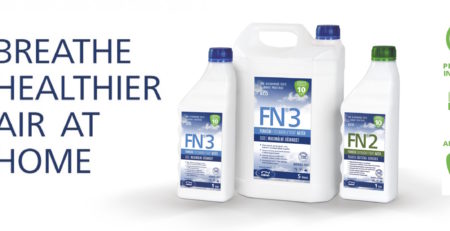CZECH SCIENTISTS SCORE POINTS IN THE BATTLE AGAINST CORONAVIRUS
An interview with Czech scientist Ing. Jan Procházka, Ph.D., where he very clearly describes his patented FN NANO® functional coating technology FN® NANO from the beginning of the idea to the development of photocatalytic coatings and their effectiveness, which can be used very well as disease prevention and as a very effective anti-coronavirus tool.
He answers the following questions?
– What is the protection function of his FN Coatings against viruses?
– And is it confirmed that the substances in the coating are really completely safe?
– How could your findings help fight coronavirus now?
– Did you offer your knowledge to the government? To their Crisis Staff?
Read more in this interview here in Czech: https://hlidacipes.org/cesti-vedci-boduji-v-boji-s-koronavirem-zatim-ale-vic-v-zahranici/
Full article in translation below:
Written by Tereza Engelová on March 29, 2020
Thanks to the experimental drug Remdesivir, the Czech company Gilead Sciences and its vice president, Czech Tomas Cihlar, know the Czech Republic. This antiviral agent is thought to be able to stop coronavirus proliferation.
In the United States, another Czech scientist, Jan Procházka, is also scoring points in the fight against the pandemic.
His company Advanced Materials JTJ has developed special wall coatings that can kill bacteria and viruses. Jan Procházka and I talked about other ways in which nanotechnology can effectively help fight infectious diseases in the future. His patented FN® NANO special coatings are applied on the walls of the Czech Embassy in Washington. The Czech Consulate in Los Angeles is also planning to use it to increase its safety against coronavirus infection, and the International Airport building in Las Vegas is also being painted.
What is the protection function against viruses?
It is a photocatalytic coating. It contains crystals of titanium dioxide, which are activated when light falls. It basically acts on viruses and bacteria as a hot plate. Viruses ‘burn’ after contact with the coating. Imagine that the virus hits the wall. It has some helix with ribonucleic acid and some bonds. And the titanium dioxide coating pulls his electron out of that bond. It destroys the bond, oxygen binds to the ends and the virus seems to burn, or rather oxidize. The action on the surface of the crystals can be compared to a hot plate that is 30,000 degrees Celsius, five times the temperature of the sun. Of course, everything happens at room temperature.
We originally developed the coating for allergy sufferers because it destroys toxins, allergens, odors. Gradually, however, we began to use its antibacterial functions. We did not mean the pandemic we are experiencing now, but rather thought about using it in hospitals or, for example, in terrorist attacks.
What do you mean?
It is unthinkable to smuggle a bomb into a strategic building today. But biological contamination, what we are more or less experiencing coronavirus today, can be more easily imagined. Or the use of chemical weapons. A biological or chemical attack will completely infest the local environment, followed by very laborious and risky decontamination.
But if you have walls painted with photocatalytic paint, you don’t need to do anything because of the oxidizing effect. If such an attack occurs and if your lights are on or the sun comes out, everything will decontaminate itself within two hours.
So when I summarize it in layman’s terms. There is a paint that paints a wall and when it hits a bacterium or virus, the wall itself destroys it. But it needs light. Only daily or artificial? Because it can be a problem, for example, in hospitals or airports.
Daylight is ideal. It contains a high proportion of UV radiation. However, the maximum efficiency is at 365 nanometers, similar to nightclub blaclklights. Today there is a huge selection of lights, including LED lights, so lighting up the space is not a problem. Consumption is about 0.1 watts per square meter.
Do the walls then have to be washed? Or is it a self-cleaning mechanism? And is it confirmed that the substances in the coating are really completely safe?
We invented the coatings 13 years ago. We have dozens of studies and accredited tests that prove absolute health safety. As for cleaning, the paint is self-cleaning. The virus that falls on it gradually breaks down into molecules of water, CO2 and other oxidation products. So you completely mineralize the virus, which simply disappears and the paint is cleaned. It is not washable, but that is the intention.
The paint works as a labyrinth of pores. When any microorganism enters it, it has nothing to eat there and is completely isolated so it cannot multiply. When you turn on the light, the virus detonates functional groups and it is immediately deactivated. Because with the first group burning you can destroy all thereafter,
Basically, a virus is genetic information that is the key to penetrating a cell. The idea that even if a virus is as small as 40 nanometers that it can travel wherever it wants, it is not at all. When a virus is destroyed, the key is over, and this happens immediately after touching the paint. According to studies by the renowned Czech National Institute of Public Health, the virus is inactivated in a matter of minutes and completely destroyed from one to six hours.
But that probably depends on the size of the room, I suppose…
The smaller the object, the faster the pollutant is broken down. If you have a spore, you need a few hours to destroy it. When the bacterium is smaller, you need about two hours to destroy it, including resistant strains of staphylococcus, which cause major problems in hospitals. According to Health Journal data, up to ten thousand patients die in the Czech Republic each year.When you have a smaller object and there are viruses that are even smaller, from 20-150 nanometers, they break down the fastest, so there are still molecules that go extremely fast.
How did you figure it out?
I knew how titanium dioxide works. It is used as a white pigment, as a food pigment. For an BHP Billiton, the Australian mining company, I was investigating how to process ore into titanium dioxide. Its advantage is that it is completely inert. It is a substance that has no chemical activity or toxicity. You can’t dissolve it in anything except hot sulfuric acid. On the other hand, you can’t stick it on anything, it doesn’t stick to any surface. Combining it with other materials, or wrapping it like our competitors do, will destroy its effect.
Our patents are not about inventing photocatalysis, this is a perfectly described phenomenon. The problem, however, was how to get it into the product. Large companies use either silicate, which virtually destroys the effect of titanium dioxide. Silicones block this powerful activity. In the end, we managed to find an inorganic binder that neither titanium dioxide eats nor envelopes. So while everyone has a binder coated titanium dioxide, we have the opposite. Titanium dioxide coated binder.
Every day I watched the reports of universities that tested him in the US and compared the results. But my eyes were opened by a simple attempt. At home I had a glass of paint mixed with titanium dioxide. My mom asked me what I got in that glass for milk, so I said I’d show her. She was just cooking. I painted half of the ceiling in the kitchen and it turned out that the smell of cooking had disappeared. I looked at it and I thought: This is a useful feature. In my work, we always talked about our discovery on a theoretical level, I did not see the practical impact. It wasn’t until the redecorating while cooking that opened my eyes. My father was a strong smoker and when I painted the apartment, the smell of cigarettes disappeared.
How could your findings help fight coronavirus now?
When we found the antibacterial properties of the coating, we thought it would be an ideal measure for cancer patients. However, when I refer to coronavirus, many people become infected with coronavirus in the hospital. We already know from research in nurseries that used our coatings, and there have been repeated studies that the risk of reducing the infection is 30-70%. Droplet transmission is thereby eliminated. Nothing gets into the environment from the walls and cleans the air. So definitely this smart coating works as a preventive measure for public spaces, hospitals, but also for the facades of houses.
Did you offer your knowledge to the government? To their Crisis Staff?
Our company is a member of the Nanoassociation. We are preparing a system of preventive measures for the government to prevent such a pandemic from happening again, that is, to reduce the risk of infection in public spaces. Nanotechnologies that have been developed in the Czech Republic, are produced and exported from here, are able to achieve almost complete safety.
The problem I see is that the government has no experts in the nano-industry and is therefore unable to propose a system of measures at that nano-level. It seeks to solve these things in an old, chemical way. Like in China, where the machines are spewing clouds of biocidal substances, but they don’t realize this is also killing people. It’s really hard to say what hurts people more, whether it is the virus or the chemistry used in the toold to fight the virus. Because chemistry destroys viruses in the short term, once it evaporates, this chemistry already contaminates the air itself and makes it dangerous.
Well, what measures do you propose?
Combining several things. That coating – that’s a rest prevention. The air quality, the environment will improve, the risk of infection will be reduced to approximately 50%. And when something is suspected, you turn on UVC light – germicidal lamps. This will eliminate all viruses in the air and the coating will attack them again on the walls. At the same time, the hard UVC radiation absorbs the coating, increasing its efficiency and preventing reflection back on people. In addition, you will give nanorespirators, which are also produced in the Czech Republic and have three to four times efficiency. Not the number one and number two coming from China. In short, what they need in hospitals to keep staff from getting infected.
In the smaller situations, also within the home, it is possible to arrange one quarantine room. It is painted, the patient isolates there, there is no danger that the viruses remain in space. There is no risk of droplet infection if the definitely sick person does not infect you. A photocatalytic air purifier, which is also produced by us, can be added.
We propose to the government a coating process as the basic solution as for preventive health protection. Combination of FN Coating, UVC lights and nanorespirators as a crisis solution where the risk of infection is reduced by up to 100 times. It is an effective and basically inexpensive solution against the enormous economic losses that a pandemic has incurred. Moreover, unlike chemical preparations, the effect of photocatalytic coating is inexhaustible. Even if hospitals now hastily paint, even in makeshift or crisis preparations, at least for healthcare professionals, this will significantly reduce the risk of transmitting infections.
Has the government responded to your proposals?
Not yet. We delivered her a complete draft of the measure last week. They said they would pass it on to the crisis staff. Measurements that have been made in the past in nursery schools, preschools painted with photocatalytic paint clearly show that this has helped significantly.
How?
The headmistress reported that much less children fall ill, even in the middle of the flu season. When they compared the class that was painted and the others that did not, the difference was said to be clearly obvious. But the National Institute of Public Health has challenged these findings as subjective assessments, so we started doing regular tests every three months. Now we have eight years of continuous tests that clearly show that there is nothing on FN-coated walls, whereas there are hundreds of microbes on untreated walls.
The Technical and Test Institute for Construction Prague and the National Institute of Public Health confirmed the safety of this technology, including the fact that the content of titanium dioxide in the air treated rooms does not exceed its concentration in the background. The fact is that while our discovery took hold well abroad, in the Czech Republic we were slowed down due to obstruction. There could have been a much safer environment. We will do our utmost to do so.
________________________________________
Ing. Jan Procházka, Ph.D.
In 1987 he went to Germany, where he worked for the US army, worked as a waiter, cook and washed dishes. After two years he flew to America, where he started again from scratch without knowledge of English. In 1998, he began researching inorganic nanomaterials at the research center of one of the largest mining companies – BHP Minerals. He returned to the Czech Republic in 2005 to complete his doctorate. He came up with the first groundbreaking idea of photocatalytic coatings. He is also the inventor of HE3DA smart 3D batteries.


